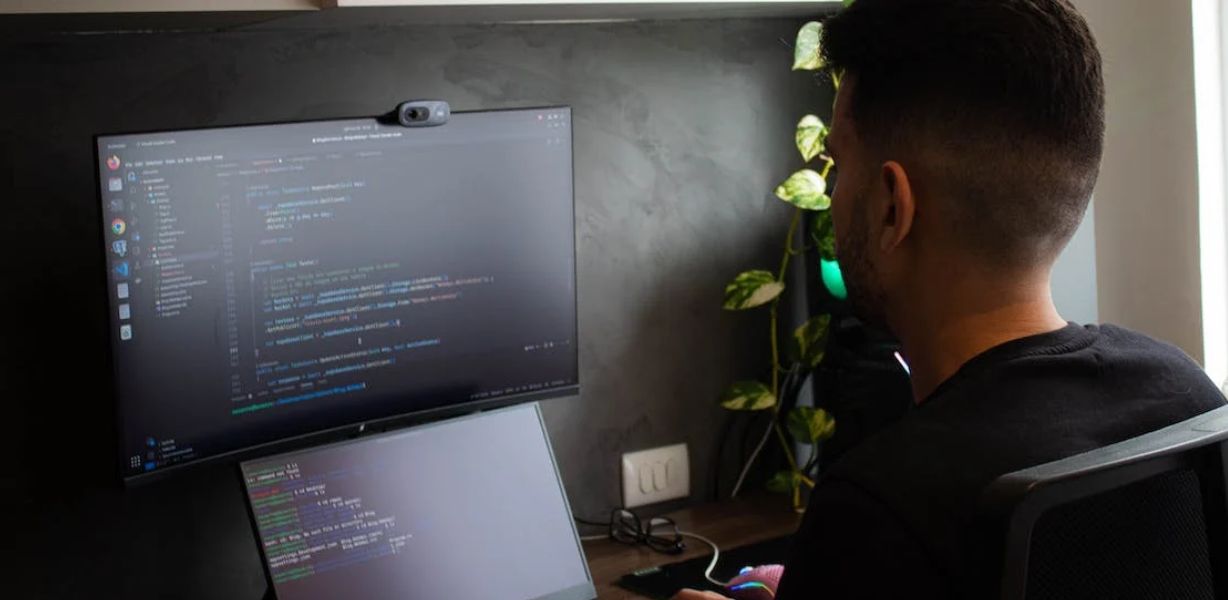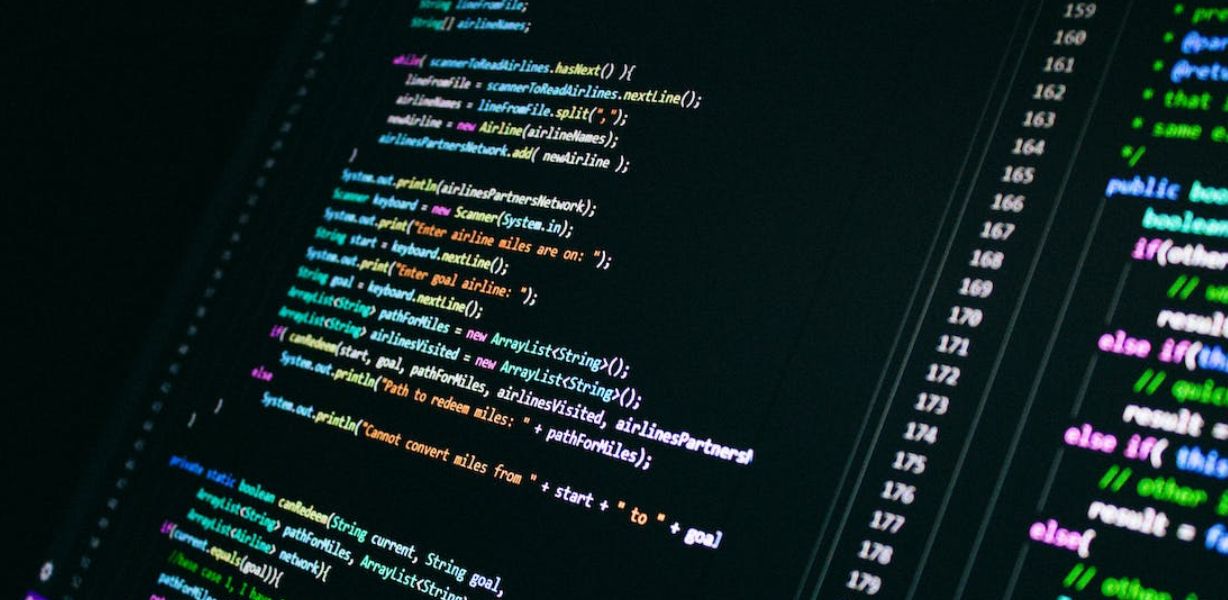So, welcome to the dynamic world of C++ where nothing but pointers rule. Buckle up for a Pointer Palooza, an interesting journeyto the hidden passageways of programming. In this fascinating journey, we’re going to unveil the enchantment of pointers in C++– those deft little guides opening up all the memory has to offer. Ready to kick your coding skills up a notch as we debunk the pointers, rendering them faithful allies in the captivating realm of C++ development. Let’s go on a journey with the Pointer Palooza and make every memory address an entry into the programming greatness.
Meet Pointers in C++: Your Memory Guides
Pointers act as very reliable guides in the enchanting world of programming, helping us to navigate through computer memory’s labyrinth. This pair of smart devices enables us to communicate with the data, instead, they hold memory addresses. Visualize them as directional markers, indicating where our important information is kept. These pointers differ from the traditional variables as they provide us with a more direct connection to the internal operations of our program; thus allowing for easier access and manipulation of data. But, let us embark on our journey by familiarizing ourselves with these memory guides – pointers – and comprehending how they lay the foundations for effective coding.
Pointers 101: Declaring Your Guide
After the introduction of our memory guides, we can then proceed to the declaration procedure. Declaring pointers in C++ may sound very difficult, but in fact, that is no more complicated than naming our guide and telling the type of data it will take us to. Therefore, let’s get into the fundamentals of declaring pointers and give our memory guides their rightful names.
Starting Point: Initializing
To get the extractor operational, all we have to do is initiate it once our memory guide has a name. Initialization is like setting our guide at the initial location – where to start its tour through the memory. It is composed of finding a memory address for the pointer, and creating it to connect between our guide and where we saved the data. Treat it like we are handing a map to our guide that will facilitate the navigation. Let’s disentangle the procedure of pointer initialization and direct our guides to travel in a way that the data accessing within the program becomes efficient.
Memory Math: Navigating with Pointers
As our pointers in C++ are defined, it is time to dive into the world of memory math magical – a simple yet powerful means for wandering through the data. Point arithmetic makes it really possible to transition smoothly from one memory address to another, especially when working with arrays and also structures. Consider it a map that our guide uses to navigate his or her way through the particular portions of memory. This skill is also useful when we require accessing and manipulating the elements within arrays or structures. Therefore, we venture into memory math and help our guides for the memories to navigate with ease.
Dynamic Duo: Pointers and Dynamic Memory
Visualize the integration of our memory guide with the dynamic memory allocation; a perfect pair, as it were. Pointers are very essential to dynamic memory allocation since it require managing the memory during runtime. It is as if our guide discovers new areas to be discovered and uses the memory effectively. They simultaneously curb memory waste and also economize on resources. Therefore, let’s demystify the symbiotic relationship between pointers and dynamic memory allocation realized by this duo helping us a lot to improve our programming skills. Join us as we watch the pointers and dynamic memory team up, moulding our code in a flexible yet very powerful way.

Function Friends: Pointers in C++ and Functions
Now that we have got acquainted with the pointers, let’s examine how they cooperate with functions. Consider functions as particular activities of the program, and pointers –postal workers that help the information pass among these tasks rapidly. The combination of pointers and also functions paves the way for a very smooth data pipeline. It is similar to exchanging memoranda between the partitions of our program with the help of reliable memory referees. Knowing how pointers play with the functions, we obtain a useful instrument for improving our program’s functionality and also modularity. Thus, let’s explore this bond between the pointers and functions to understand how it helps with data management through the code.
Pointer Layers
A tad of cutting-edge sorcery as we dive into pointers to pointers. It could sound complicated, yet at its center, it’s tied in with adding layers of adaptability to our programming. Picture our memory directs now being able to point to information as well as to different aides. This idea becomes helpful while managing complex information structures and multi-faceted exhibits. Like having an aide, you can direct different advisers for better places in memory. Thus, we should take a look into this cutting-edge domain of pointers to pointers, opening additional opportunities in our programming undertakings.
Watch Your Step: Null Pointers Alert
As we explore the universe of pointers, it’s fundamental to know about possible traps, and one normal entanglement is the null pointer. Picture the null pointer as an aide without a guide – it doesn’t have the foggiest idea of where to lead us. Understanding the significance of staying away from invalid pointers resembles setting up advance notice signs in our code to forestall unforeseen disasters. We’ll investigate the meaning of avoiding invalid pointers to guarantee our projects run as expected, liberated from startling accidents. Thus, we should tread carefully and explore the programming scene with alertness, keeping our code hearty and dependable.
Comparison Check: References vs. Pointers in C++
In the last leg of our pointer process, we should explain the distinctions between references and pointers. Consider references in alternate ways and pointers as guides. Both fill comparable needs with inconspicuous qualifications. Understanding when to utilise one over the other resembles picking the right apparatus to get everything taken care of. We’ll keep it clear, looking at the two and featuring situations where one sparkles more than the other. By and by, you’ll have a reasonable picture of when to pick references or pointers in your code, guaranteeing that your programming choices line up with straightforwardness and viability. Go along with us for this examination check and wrap up your excursion through the flexible universe of pointers in C++.
